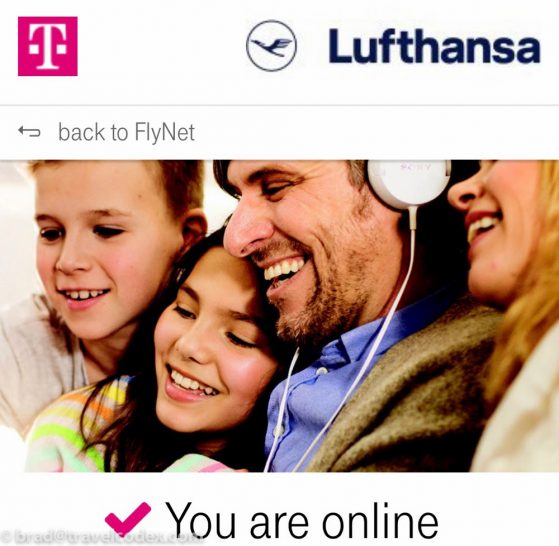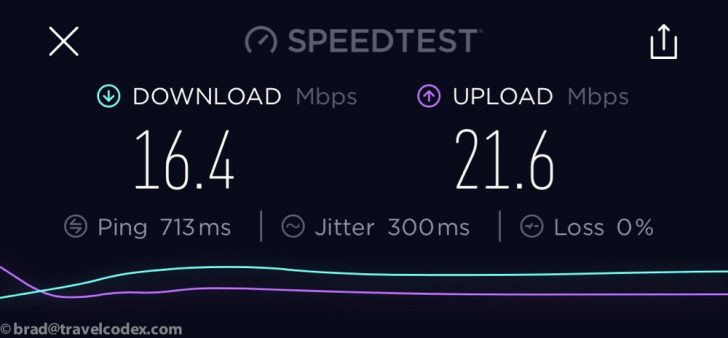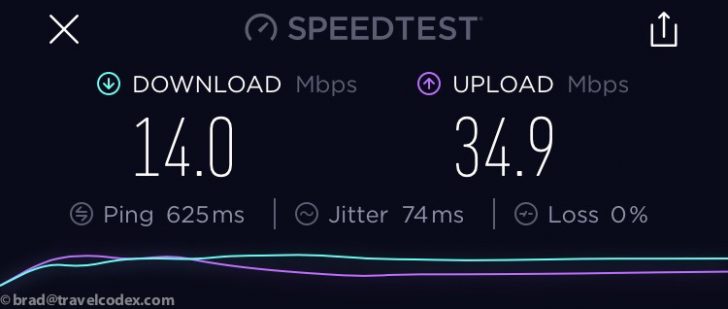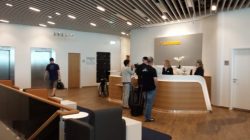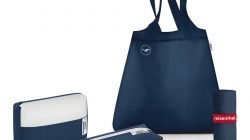Flying on short flights within Europe is often a pretty mediocre experience, even in business class. This year, I’ve had intra-Europe flights on both British Airways and Lufthansa on narrow body Airbus planes. On both airlines, seats are leather-covered Recaro slimline seats which I don’t enjoy. Unlike in the US, at least most flights with these seats are only a few hours in length.
More discomforts of European flights are with the service. British Airways has stopped providing free food or drinks, but has a more comfortable seat with winged headrests. Lufthansa still provides food in economy (often a sandwich), but has the most basic seat, with minimal cushion. At least both carriers have air vents above the seats. One new feature that both airlines are rolling out is inflight internet. Both have some work to do to complete this program, but thankfully soon flyers can stay connected even on European flights.
Matthew over at Live and Lets Fly posted about this, and I had some recent flights with Lufthansa FlyNet wifi, and wanted to share my experience.
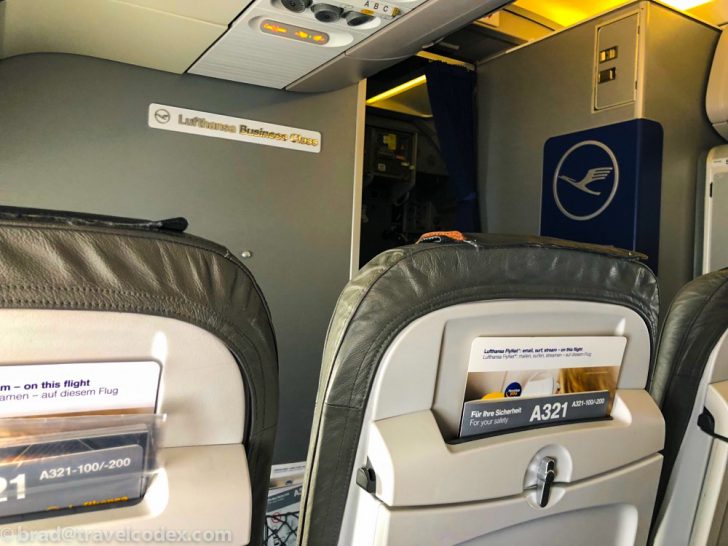
Which Lufthansa flights have FlyNet? Your guess is as good as mine…
I’ve already flown six legs intra-Europe on Lufthansa this year. I did not intend on keeping track of this, so my memory isn’t perfect. I believe four of the legs had planes equipped with wifi, at least based on the presence of a radome on the roof of the plane. In the interest of research, more than an actual need to connect most of the time, I was able to connect successfully on two flights. At least one flight didn’t have a wifi available, despite a seat back card advertising it. On a few flights, the wifi network was present, but I couldn’t actually connect to the internet.
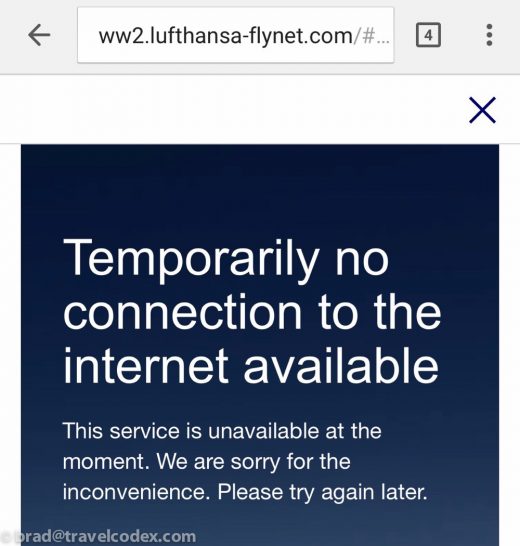
It is still relatively early in the rollout of this product, but it would be nice to know in advance whether or not flights will have the possibility of internet. Quite possibly I’m spoiled by the extensive wifi coverage on US domestic flights. That said, the Lufthansa mobile app does have a WiFi icon for flights that ‘should’ have access. I don’t have enough data points to know how accurate this is. There was the icon on both recent flights that had working wifi, so that is a plus.
How to connect to FlyNet
On one of my flights I found the FlyNet network once at cruise, and finally I was able to connect. There are three options, with various speeds. There are also several roaming partners. I have iPass access from work, (and therefore no longer dependent on the defunct US Mobile WiFi deal) and Boingo from an American Express card. Both seem to work to get access without paying directly. In fact, based on my speed test, the connection using both options is at the fastest speed.
Strangely, I was unable to connect on my laptop using either iPass or Boingo accounts. Eventually I forked over the whole €3 for the cheapest “message” option, which was clearly throttled to a slow speed. Then finally I was able to connect using my laptop. It worked, but slow as expected. Strange I could use roaming partners for my phone, but connecting my laptop required I buy a pass.
How does FlyNet work?
The speed was pretty fast, especially for ‘free’ using iPass and Boingo accounts. Here are some speed tests that I ran. I couldn’t get a speed test to run when using the slowest package on my laptop.
This is quite fast for inflight wifi, as I’m accustomed to Gogo, aka GoSlo. To really test it out, I should have tried streaming something, but as per usual on flights to/from Frankfurt, flight times aren’t that long within Europe, and I never got to it. I’ll have to try that out next time.
Finally
It took me a while to get on the inflight wifi bandwagon, but now I’m definitely a fan. It is nice that wifi connectivity is becoming an option even on flights within Europe. Have you tried accessing Lufthansa FlyNet on their shorthaul fleet?


